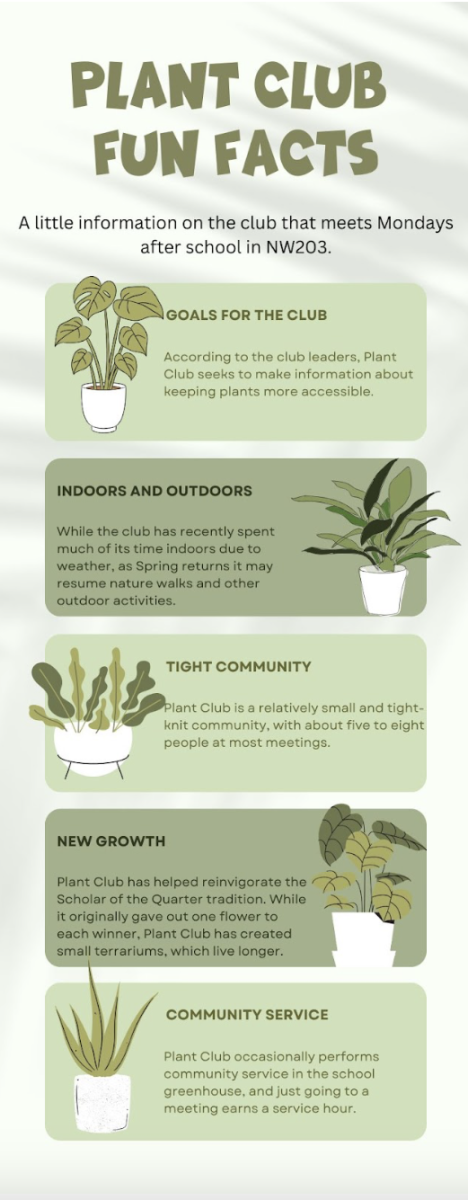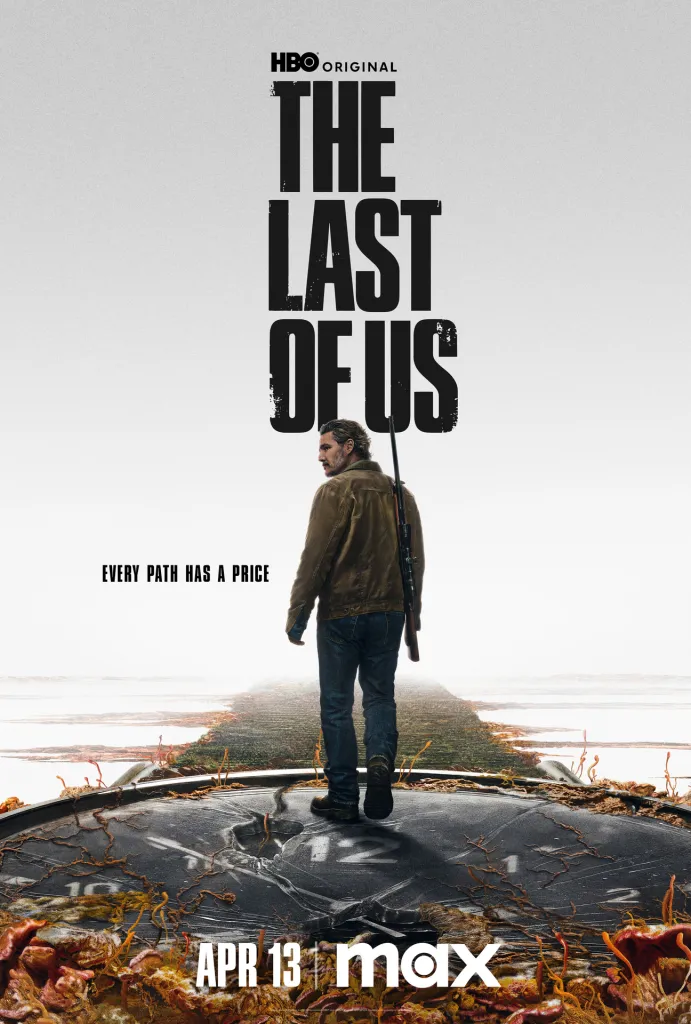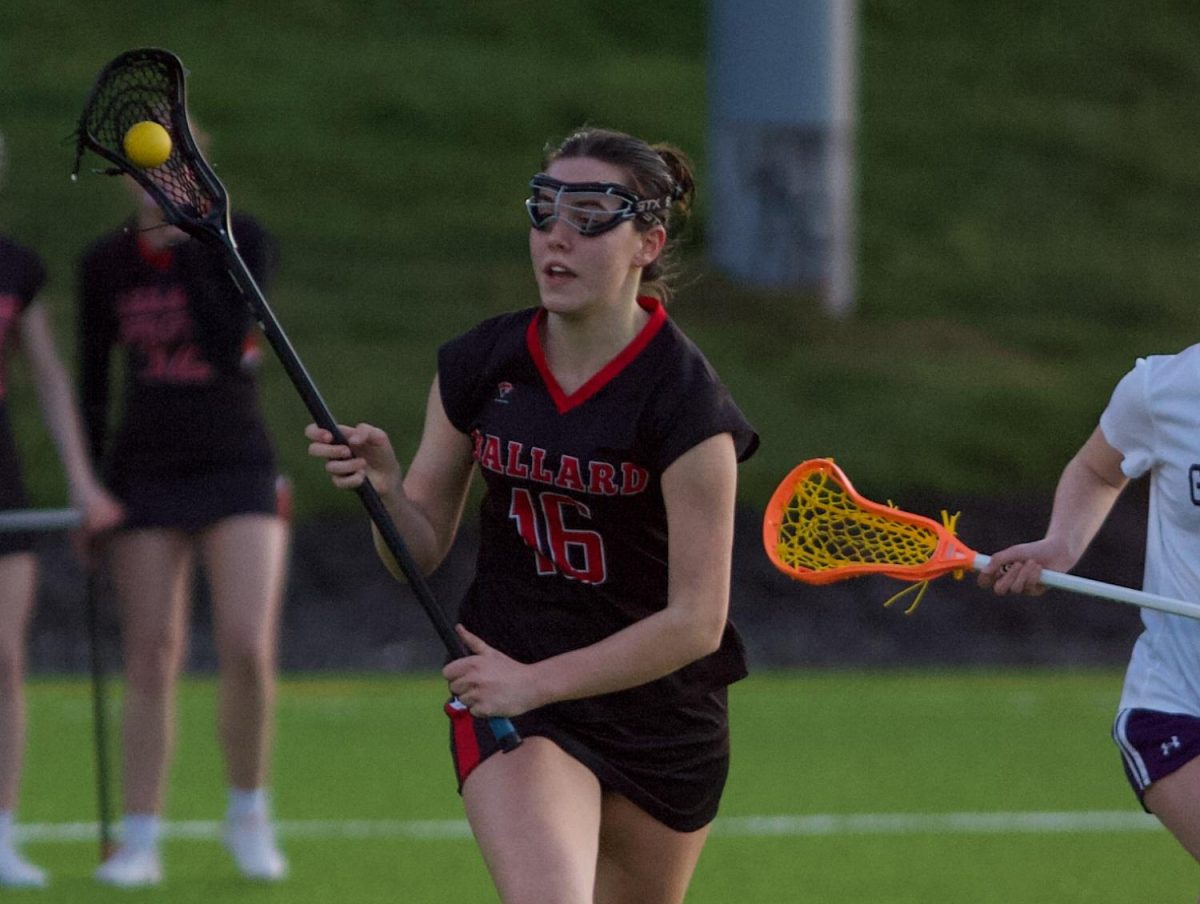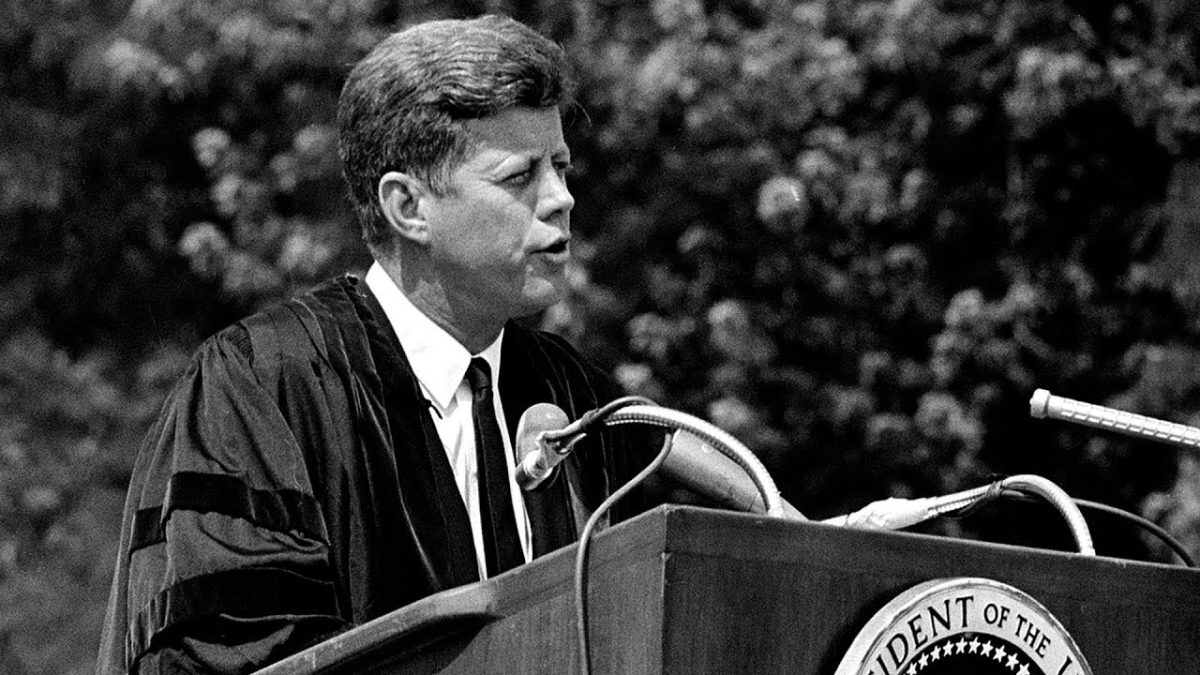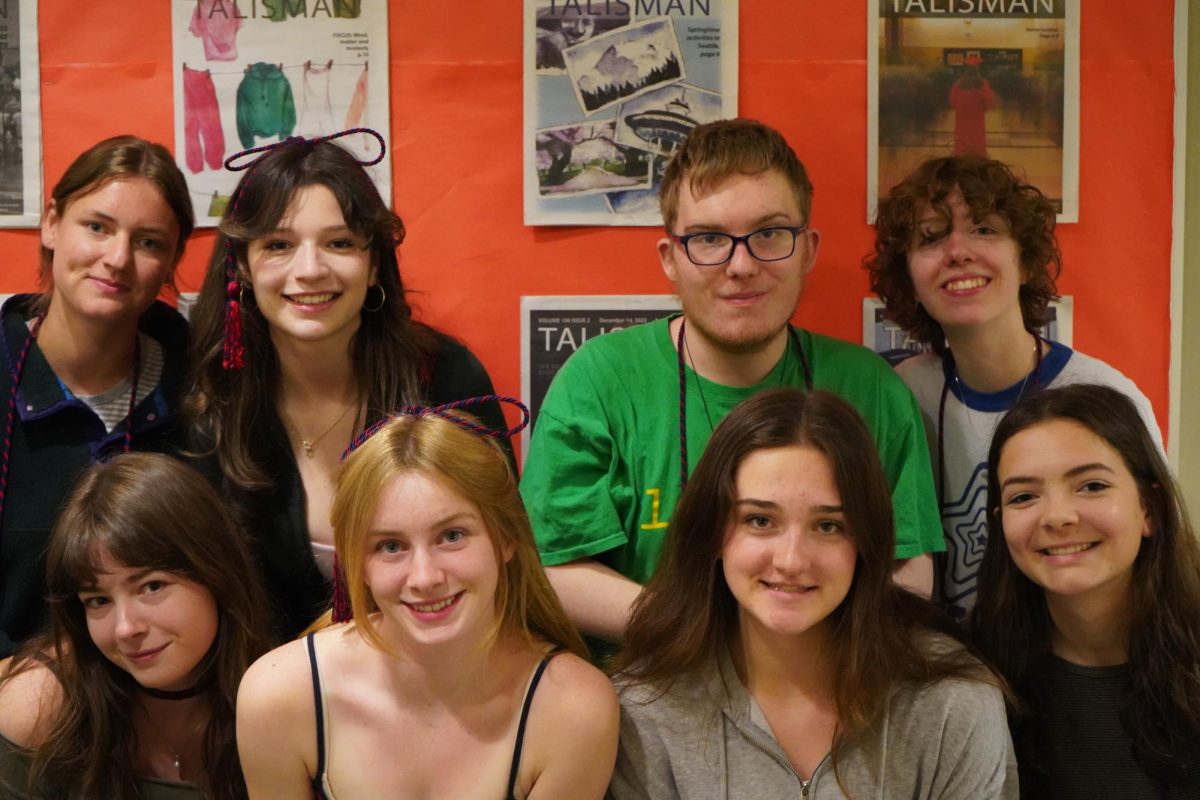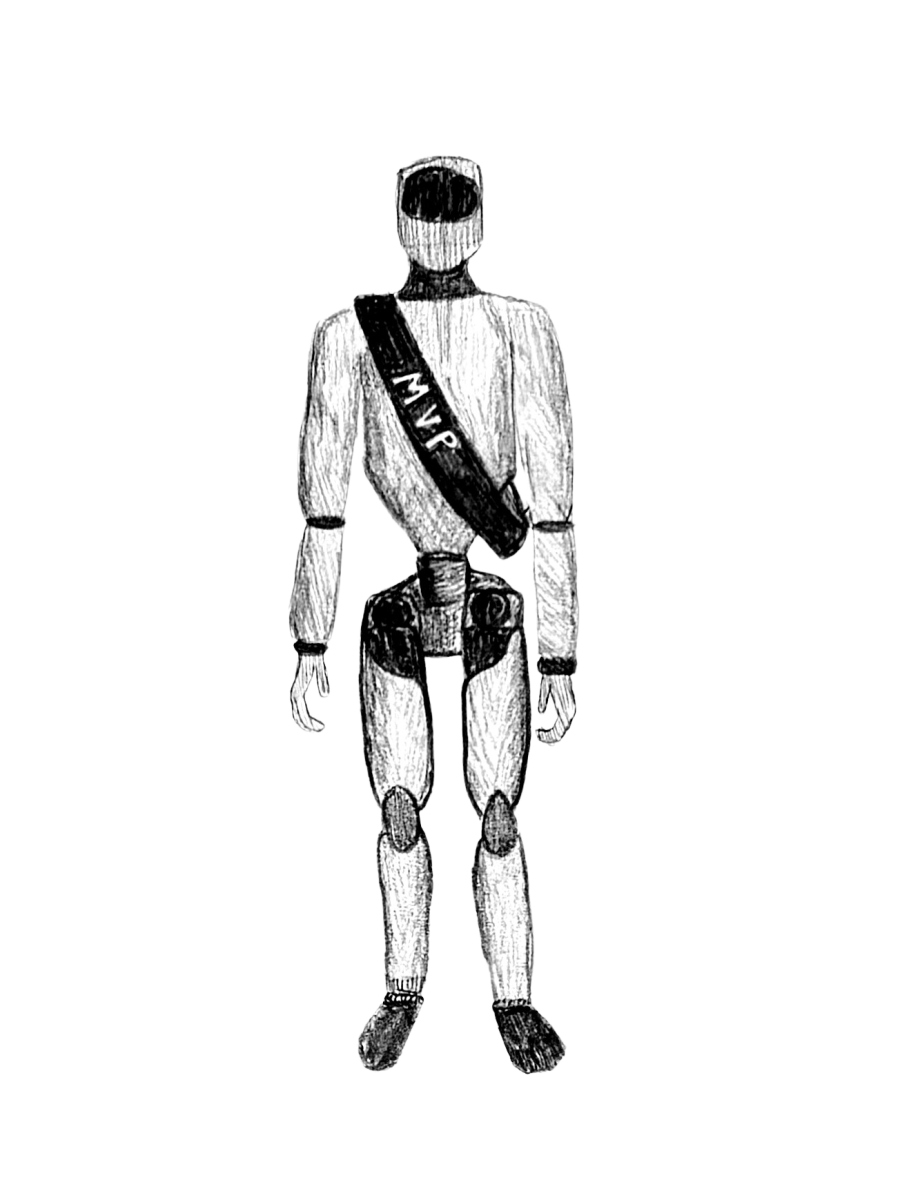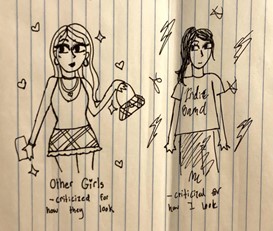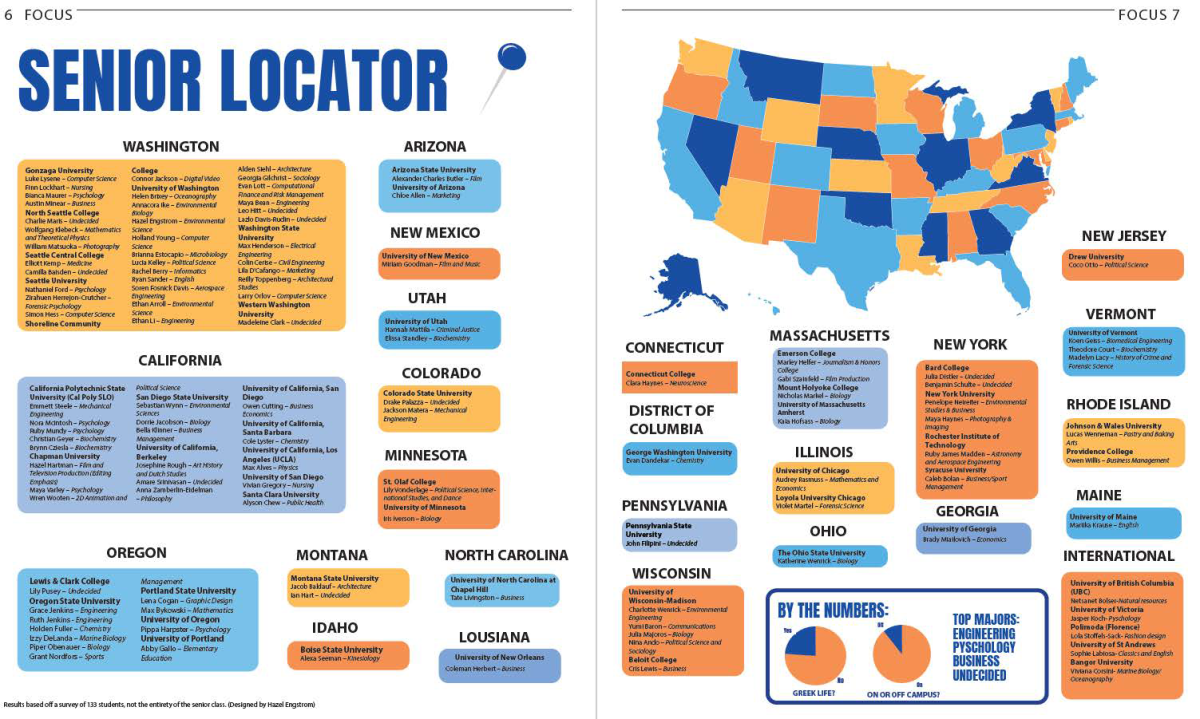The ‘Not Like Other Girls’ phenomenon is more complex than it initially appears
The trend and the criticism of NLOGs are rooted in misogyny
May 3, 2022
The Not Like Other Girls phenomenon isn’t new. Rather, it’s the subject of hours of YouTube commentary videos. Both the original posts and the subsequent jokes about NLOGs can be found all over the internet.
In short, there doesn’t seem to be much reason to continue talking about it.

Explanation of the Phenomenon
The NLOG phenomenon primarily originated in memes made by young girls online, highlighting the differences between them — the “video game-loving, smart, modest, relatable, brunette weirdos” — with the “Other Girls” — the “vapid, boy-crazy, materialistic, basic, girly girls.”
The phenomenon has also been present as a trope in both male- and female- created media, centering around a girl who is “special”because of her intelligence, her quirkiness or her miraculous ability to be simultaneously hot and one of the boys.
Within a few years, both internet feminists and random men came to the conclusion that NLOGs were the worst girls on the internet. NLOGs were officially cringe.
Feminists recognized NLOG tendencies as both a response to the demonization of femininity by men in society at large, and a form of internalized misogyny. The general consensus was that NLOGs were suppressing any femininity they may express to avoid mockery, and gain validation from men.
The idea of the “Other Girls,” who are more outwardly feminine, comes from a standard that women can only be valuable if they have certain qualities that are more attractive to men. This functionally reduces women to their appearance and their conformity to patriarchal standards, which leaves feminine women pressured to fulfill a societal ideal of the “traditional woman.”
A Brief Critique of Brief Critiques
As often happens on the internet, the nuances of critiques and explanations of NLOGs were flattened. All that remained was the conclusion that NLOGs were cringe, the “Other Girls” deserved justice, and that women who were more masculine did so only to impress men.
One of the first glaring issues with these views is that repression of femininity doesn’t just come from internalized misogyny, it also comes from good ole’ external misogyny! Women are critiqued constantly for how they look, act, and for what they like, both by men and by women who internalize misogynistic messages.
To exist as a femme is to be both an object and an object of ridicule. Adapting to this or being affected by it is inevitable.
Women and feminine people (femmes) are constantly objectified, whether that be through street harassment or how women are portrayed in film.
We are also mocked for existing. If we are feminine, we are trying to appeal to men; we’re basic. If we are masculine, we are undesirable and also trying to impress men. Fundamentally, women are treated like our existence is for male consumption.
Both the initial memes and the cultural backlash on NLOGs ignore the simple truth: women are demonized for expressing either femininity and masculinity. There is no way to win.
The way people jumped to protect more feminine women also reveals broader intersections of gender and race. Historically, white women have been seen as the pinnacle of femininity, with women of color thus being seen as less feminine in comparison. Keeping that in mind casts a different light on how quickly people rose to defend the honor of “Other Girls.”
Femininity is demonized, certainly, but it is still the standard. Women are expected to be beautiful, ladylike, to fit the moral and visual European standard of womanhood.
Fitting into this standard is near impossible and still oppressive to those who manage to get close to it. Yet, those who fit into this box — the primarily white “Other Girls” — have privileges most will never be afforded.
These white “Other Girls” aren’t the people who feminism needs to worry about uplifting. Historically, they are the only ones who the feminist movement has primarily defended.
Most of these memes compare a blond “Other Girl” to a brunette NLOG, and both are typically white. Thus, one must also consider that the false dichotomy of the NLOG phenomenon not only pits women against each other, it often leaves out women of color.
While some were busy rushing to defend the ‘girly girl,’ they forgot about the girls who are most othered and most marginalized in society. They forgot to address the significantly more pressing issue in modern feminism: racism and lack of intersectionality, which is the idea that people with multiple marginalized identities experience unique forms of oppression.
It feels hypocritical to critique the privilege of feminine white women, considering we are both white or white-passing femmes. I, Maisy, know it’s easy to sit on my high horse and act like racism could’ve been solved if everyone wasn’t so busy critiquing NLOGs. That’s not what I’m trying to say at all.
It is rather that the existence of the NLOG trend and much of the criticism surrounding it completely failed to consider broader issues of what it means to be feminine and how that intersects with race.
In terms of the privilege of femininity, I have presented as more masculine or feminine at different points in my life. Although I equally enjoyed presenting in those ways, I prefer how I get treated when I look feminine. I like the privileges I am afforded by fitting into the standard, and so, I make the conscious decision to look that way.
The ‘Not Like Other Girls’ phenomenon and the backlash to it is complicated, but the solution is simple: we need to stop blaming women for how they dress, pitting them against each other and demeaning them for what they like.
Honestly, I think we need to talk about NLOGs the same way we talk about toxic masculinity. We can acknowledge the harm of those who perpetuate it, but recognize they’re victims of it, too. We can acknowledge there is a difference between toxic masculinity and healthy masculinity.
Healthy masculinity can be appreciated and valued without femininity being demeaned and vice versa. This recognition is important for people of all genders, and while I don’t think we as a culture are there yet, hopefully, this can be a good first step.


